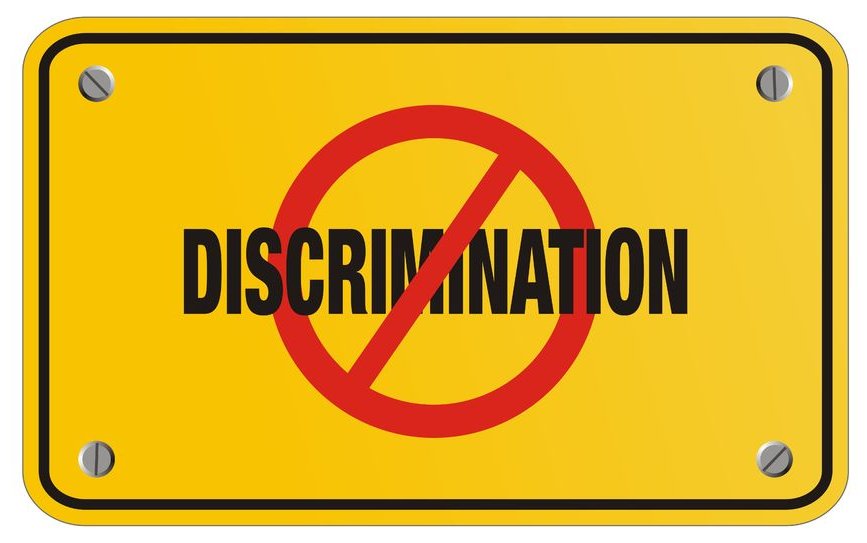Sign up for the latest news & insights
Blog
What is ‘indirect discrimination’? A guide for organisations
Written by Hannah Kennedy on 12 February 2021

Most people know discrimination is unlawful under the Equality Act 2010.
However, can you tell the difference between ‘direct’ and ‘indirect’ discrimination?
Indirect discrimination definition
As set out in the Equality Act 2010, a prospective or actual employee is directly discriminated against by another person if they treat the individual less favourably than they treat others because of a protected characteristic.
Indirect discrimination occurs when a company’s policies, procedures or rules which apply to everyone has the effect that people with a certain protected characteristic are put at a disadvantage when compared with those who do not share it. The example of Npower discriminating against an autistic employee is one example.
The relevant protected characteristics are: age, disability, gender reassignment, marriage and civil partnership, race, religion or belief, sex and sexual orientation.
Do you need support?
Speak to us for an honest, no obligation chat on:
0345 226 8393 Lines are open 9am – 5pm
Cases of indirection discrimination in the workplace
- An employer introduces a new dress code to the workplace. As part of the rules, they decide to prohibit cornrow hairstyles. This could amount to indirect race discrimination as it is more likely that these hairstyles will be worn by certain racial groups.
- If you require employees to work full time, you may put female employees at a disadvantage. It is more likely that they are the primary carer of their children and may need to work part-time or work flexibly. This could constitute indirect sex discrimination.
- You require that all your staff work on Sundays. This could indirectly discriminate against people of certain religions who cannot work on this day.
Remember – for indirect discrimination to occur, it has to be them personally put at a particular disadvantage. It is not sufficient for them to say that they are part of the group of people with this protected characteristic.

Justification
As an employer you may justify this by showing that this policy or procedure was objectivity justified. There must be a real business need, for example, health and safety. However, this is not enough. You must also be able to show that it is a proportionate means of achieving this legitimate aim. In other words, you must show that you have thought about the effects of your practices or measures and considered that this was the least discriminatory way to do things.
Read our other articles on discrimination:
Avoid discrimination in job interviews:
Do you need support?
Speak to us for an honest, no obligation chat on:
0345 226 8393 Lines are open 9am – 5pm





